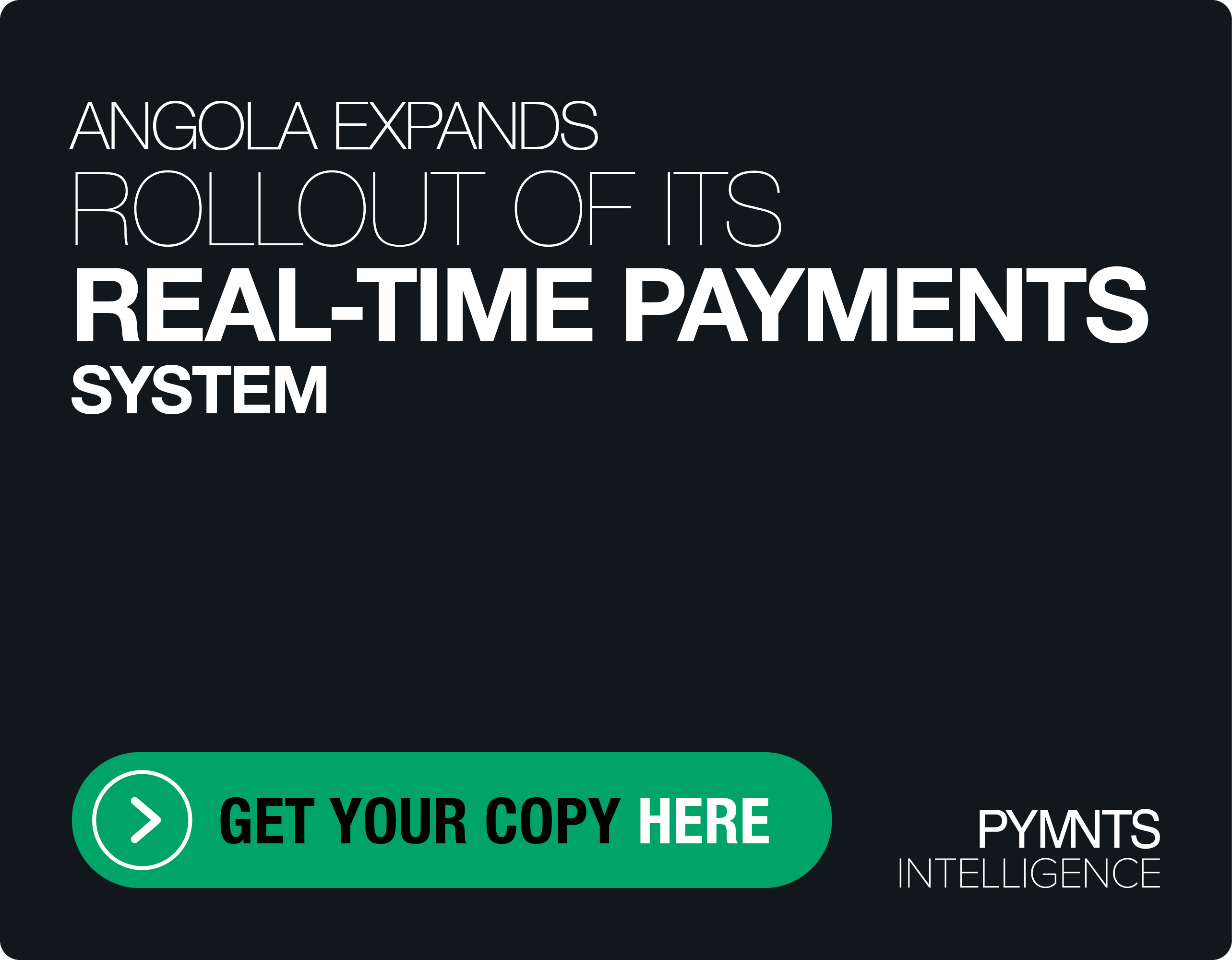Contactless Transactions Mark ‘What’s Next’ in Payments Innovation
The continued rise of contactless payments may be among the most notable payments trends of the year, and it could pave the way for innovations that will shape commerce in the years ahead.
PSCU Chief Growth Officer Brian Scott told PYMNTS that the groundwork was laid a few years ago as financial institutions (FIs) — and especially credit unions — began creating and issuing contactless cards at scale and educating consumers on how to use them. The pandemic was instrumental in steering people to consider ways to pay that didn’t involve handing their cards back and forth amid public health concerns.
Scott told PYMNTS that — as we look toward what’s next in payments technologies — consumers have given a roadmap as to what they want, and what they want is to have payments be simple and intuitive.
“Contactless payments have been incredibly impactful,” he said of the present environment, adding that “the consumers using contactless consistently are using cards more often as their primary payment device.”
Embedding Finance Into the Mix
As a result, he said, many of the payments innovations gaining momentum today have contactless interactions at their core. That includes embedded finance, digital wallets and digital rewards, where payments are part of the flow of commerce and help solidify consumer loyalty to any number of companies. Starbucks is a prime example here, where the company has been getting a significant slice of its revenues from gift cards.
“They’ve become more of a finance company,” he remarked, as all these payment options are embedded in the in-store and online environment.
Or take the act of getting through the daily commute as an example.
As described by Scott: “You can pull up to a gas station in your car, and you don’t have to even pull out a device to pay for the gas, or as you pay for tolls” along the journey. “These are trends that have been gaining momentum and will continue to gain traction as we look forward.”
There are signs of how digital transformations are making their mark in economies where card-based payments are not as prevalent, he said. In countries like India and elsewhere, QR codes are taking hold and faster payments are gaining ground.
“We have playbooks from around the world,” he said.
The United Kingdom also offers a set of guideposts for the United States when it comes to open banking. There are some notable differences in market structure. The U.K.’s open banking evolution has been shaped by government mandate. The U.S., by way of contrast, has and will be shaped by private companies and market-driven innovations.
Looking ahead most immediately, Scott predicted that in 2024, there will be a notable uptake in micropayments, which have already been a hallmark of commerce in other countries.
In those scenarios, he said, “when you pick up an item in store, that’s the point in time where you purchase it, not when you check out. And so those transactions become micropayments. You’re paying for every single item you pick up, the second you put it in the cart.”
Those micropayments, he added, offer a “treasure trove” of data that helps merchants personalize their offers, keep better track of data and prevent theft.
And what of the FedNow® Service? The payments service went live in July, and instant payments are in their nascent stages in the U.S. But Scott predicted that beginning in 2024, faster payments will leave an indelible, and as yet unforeseen, mark on how we pay.
“Somebody’s in their basement right now building some pretty cool payment innovations based off of FedNow technology,” he said.

